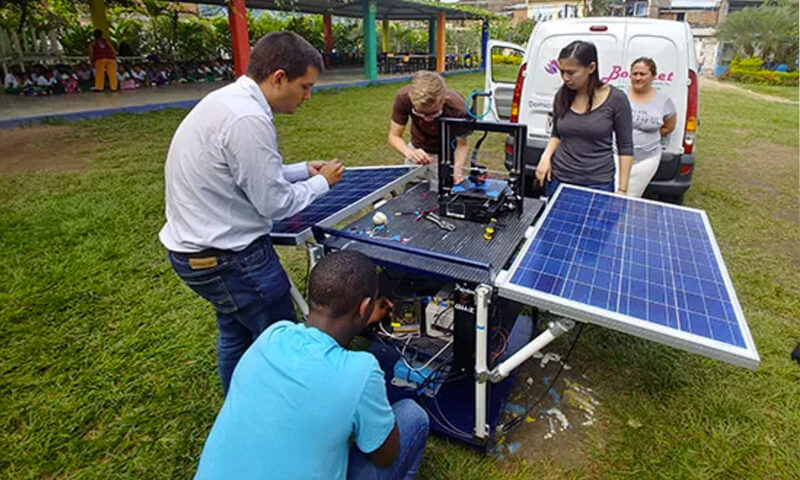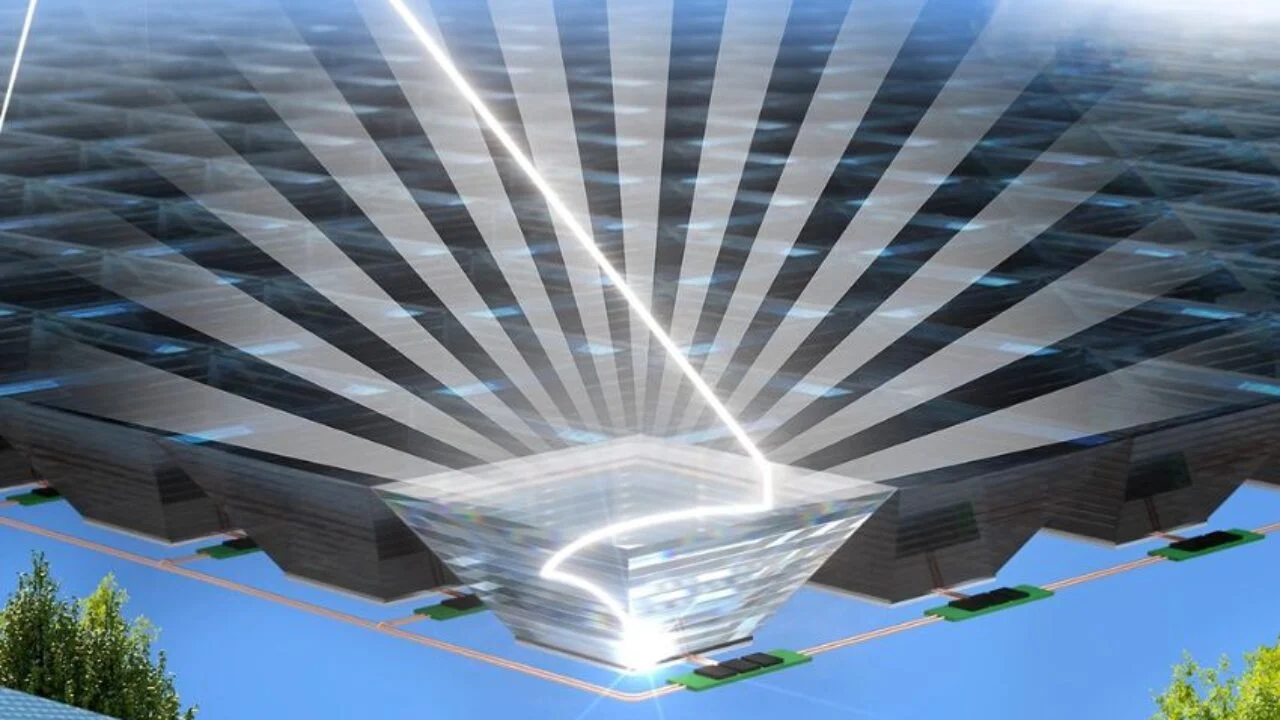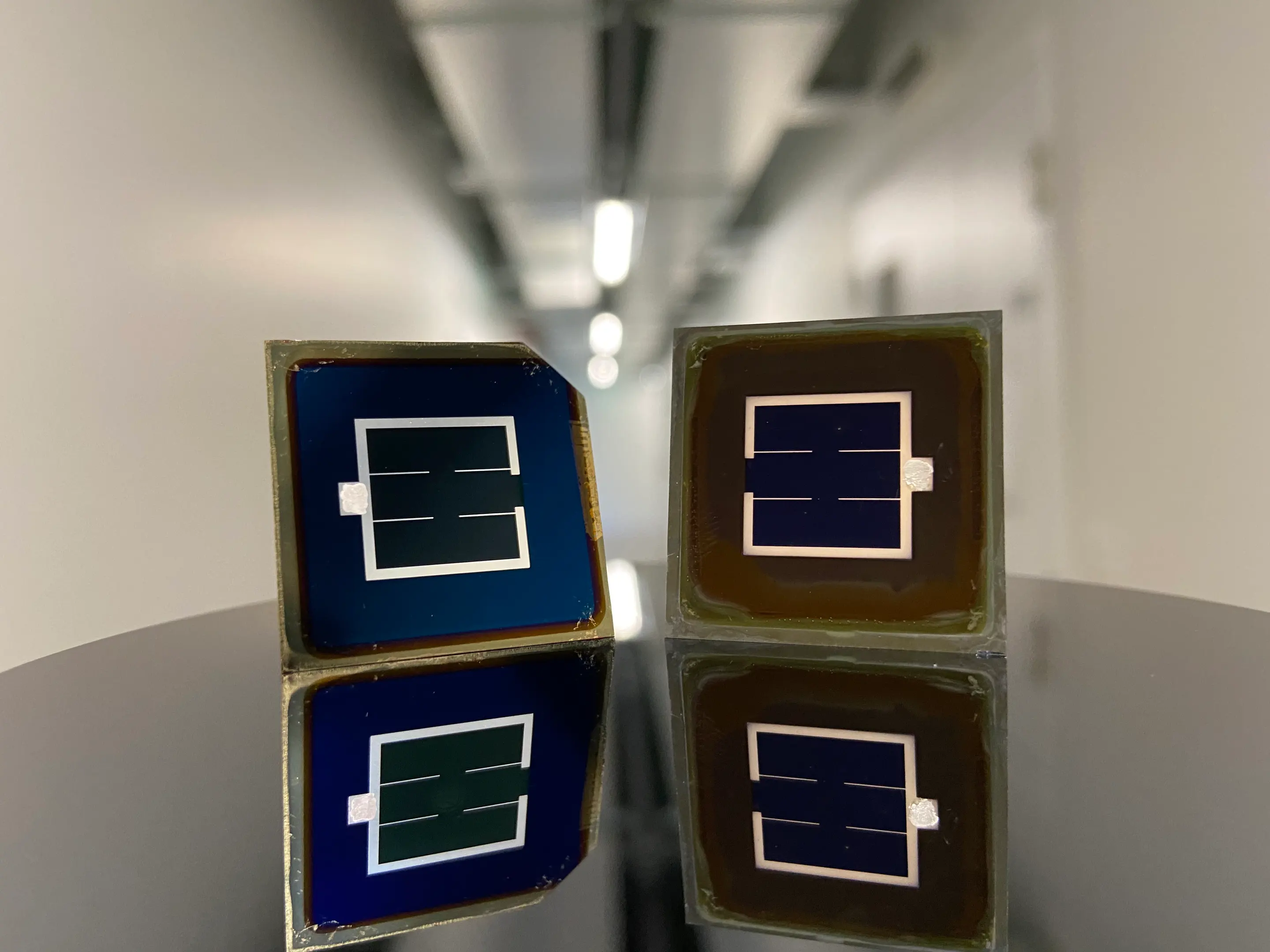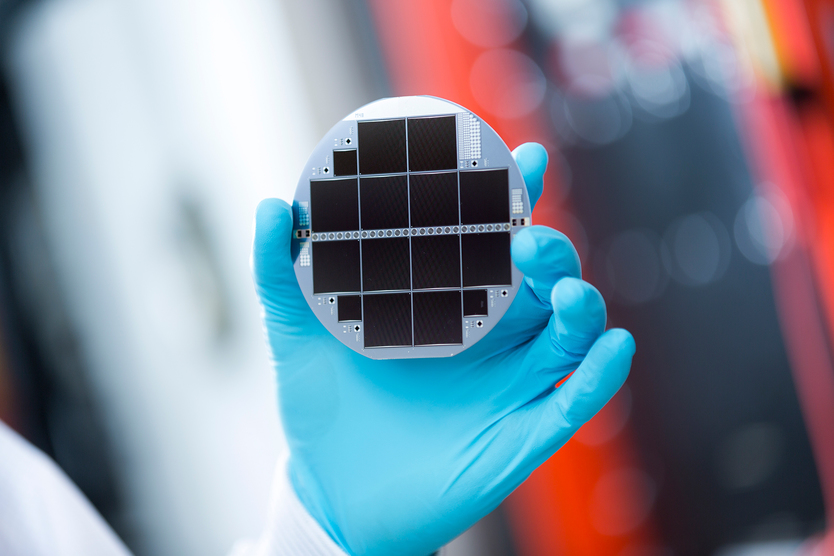
Introduction
Solar energy and 3D printing have become powerful forces in the fields of sustainable energy and technological advancements. The integration of these two technologies in construction projects holds immense potential for revolutionizing the industry. In this article, we will explore the historical background, key concepts, benefits, challenges, and future implications of utilizing solar energy and 3D printing in construction.
Historical Background
Solar energy has been harnessed for centuries, starting from early passive solar design techniques to modern photovoltaic systems. The concept of using the sun’s energy to heat and cool buildings has been prevalent since ancient times. However, in recent years, solar energy has gained significant traction as a viable alternative to traditional energy sources.
Similarly, 3D printing technology has evolved over time, finding applications in various industries, including construction. From its humble beginnings as a prototyping tool, 3D printing has now become capable of creating complex structures and entire buildings. The integration of solar energy and 3D printing in construction represents a recent technological advancement that holds immense promise for the future.

Key Concepts
To understand the integration of solar energy and 3D printing in construction, it is essential to define key concepts. Solar energy encompasses passive solar design, solar thermal systems, and photovoltaic systems. Passive solar design utilizes building materials and orientation to maximize natural heating and cooling, while solar thermal systems capture and utilize the sun’s heat for water heating or space heating. Photovoltaic systems convert sunlight into electricity using solar panels or solar cells.
On the other hand, 3D printing, also known as additive manufacturing, is a process of creating three-dimensional objects by adding successive layers of material. In construction, 3D printing enables faster, cost-effective, and customizable building processes. It allows for the creation of building components, structures, and even entire houses with reduced material waste and increased design flexibility.
Main Discussion Points
The Benefits of Solar Energy in Construction
Harnessing solar energy in construction projects offers numerous environmental and economic advantages. By reducing carbon emissions and minimizing reliance on fossil fuels, solar energy contributes to a greener and more sustainable future. Additionally, the economic benefits of solar energy include lower energy costs and the potential revenue generated from selling excess electricity back to the grid. Furthermore, solar energy systems offer the potential for energy independence and resilience, especially in remote or off-grid locations.
The Role of 3D Printing in Construction
3D printing has the potential to revolutionize the construction industry by enabling faster and more cost-effective building processes. It allows for the creation of complex and customized structures that were previously challenging or time-consuming to construct. The versatility of 3D printing technology extends to building components, such as walls, floors, and facades, as well as entire houses. This flexibility reduces material waste and opens up new possibilities for architectural design and innovation.
Integration of Solar Energy and 3D Printing in Construction
The integration of solar energy and 3D printing presents exciting synergies within the construction industry. 3D printing can be utilized to create custom solar panel supports or structures, optimizing their efficiency and integration into buildings. By combining the benefits of both technologies, construction professionals can leverage the potential for more sustainable and energy-efficient buildings. Furthermore, 3D printing holds the potential to create solar energy storage systems and other innovative solar-related components, further enhancing the integration of solar energy in construction.

Case Studies or Examples
Real-world examples of solar energy and 3D printing being used together in construction projects highlight the benefits, challenges, and potential of this integration. Projects such as the Solar Decathlon, where solar-powered houses are constructed using 3D printing technology, showcase the possibilities. These examples demonstrate the feasibility and effectiveness of utilizing solar energy and 3D printing in construction.
Current Trends or Developments
The field of solar energy and 3D printing in construction is constantly evolving. Recent trends include advancements in solar panel efficiency, the development of new 3D printing materials suitable for construction, and the integration of robotics and automation into 3D printing processes. These developments are driving the adoption and integration of these technologies, making them more accessible and cost-effective.
Challenges or Controversies
Despite the numerous benefits, challenges and controversies surround the integration of solar energy and 3D printing in construction. High upfront costs and technical constraints are common hurdles that need to be overcome. Additionally, regulatory barriers and differing viewpoints regarding the effectiveness and feasibility of these technologies pose challenges to widespread adoption. Addressing these challenges and controversies is crucial for the successful integration of solar energy and 3D printing in construction.

Future Outlook
Looking ahead, the future of solar energy and 3D printing in construction holds great promise. Advancements in technology, cost reductions, and scalability will likely drive widespread adoption of these technologies. As solar panel efficiency continues to improve and 3D printing technology becomes more sophisticated, the integration of solar energy and 3D printing will become increasingly common. The construction industry stands to benefit from enhanced sustainability, cost-efficiency, and design possibilities.
Conclusion
The integration of solar energy and 3D printing in construction represents a significant advancement in sustainable energy and technological innovation. By harnessing the power of the sun and leveraging 3D printing technology, the construction industry can achieve greater energy efficiency, reduce environmental impact, and unlock new design possibilities. It is crucial to continue researching and exploring this field to fully realize the potential benefits and overcome the challenges associated with integrating solar energy and 3D printing in construction.
References:
Solar Energy Industries Association. (n.d.).
National Renewable Energy Laboratory. (n.d.).
MIT Technology Review. (n.d.).
3D Printing Industry. (n.d.).




